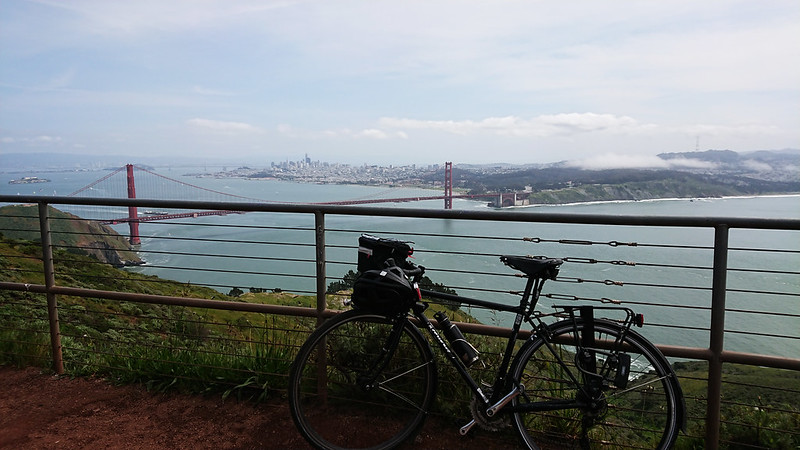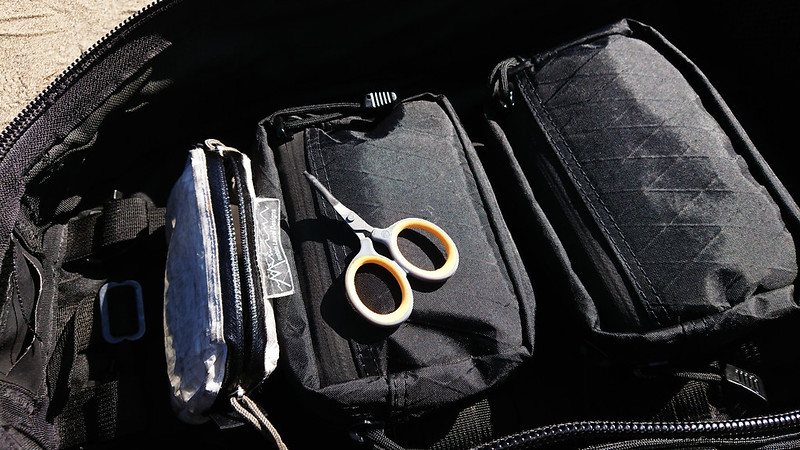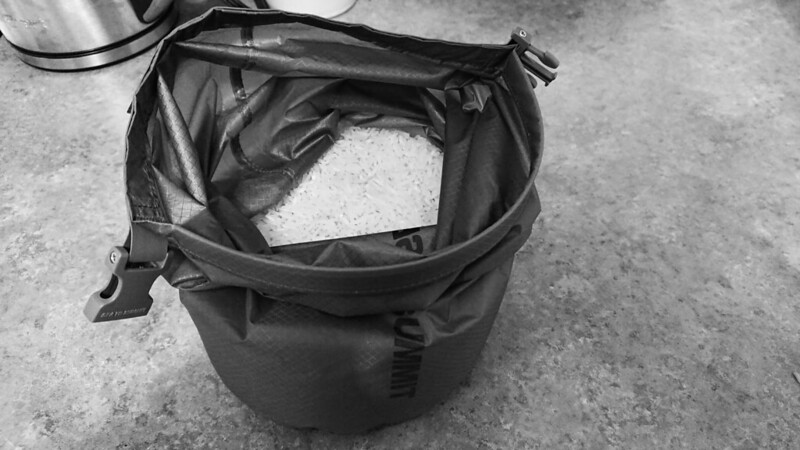While in Yellowstone earlier this month I ripped my Cocoon Silk Mummy Liner. I had originally purchased this in 2005, in an attempt to eek out a little more warmth from the sleeping bag I had at the time (a Snugpak Special Forces 1 purchased from TAD Gear). The claim was that a silk liner would add around 10 degrees Fahrenheit to the sleeping bag rating. My experience was that it may have contributed 10 degrees to the survivability, but closer to 5 degrees to the comfort. Still, I continued to augment my sleeping bags with that same liner for the subsequent 14 years.
I find the primary benefit of a liner is cleanliness. Sleep systems get dirty – dirt, oil, sunblock, etc. all get transferred from your skin to whatever you’re crawling into. It is much easier to clean all of that out of a liner than the sleeping bag itself. A sleeping bag worth purchasing is an expensive investment, and I think liners can help extend the life of that investment. I’ve also carried my liner by itself when travelling internationally. It functions well when the guest house doesn’t provide sheets, or when their cleanliness is questionable (silk resists bed bugs and dust mites), or for a little warmth during unexpected stealth camps.
A liner may be purchased in a number of different materials, but the characteristics of silk make it the only material that interests me. It is easily packable, thanks to its low weight and ability to be compressed. It is breathable, quick drying, and comfortable against the skin. This last property is particularly important in a liner. I find synthetic materials like polyester and microfiber can be scratchy or grabby, which is unpleasant in bedding – especially in subfreezing temperatures when there is no moisture in the air.
So when the Cocoon liner ripped, I knew I would immediately replace it with another silk liner. I would have been happy with an identical replacement from Cocoon, but I decided to look around and see if there was anything new worth considering. I settled upon the Sea to Summit Premium Silk Travel Mummy Liner.
Sea to Summit makes their liner out of a ripstop silk, unlike my original Cocoon liner (though Cocoon does now offer a ripstop variant). It uses a thin shock cord and cord lock to cinch the hood, where my Cocoon liner offered a simple silk drawstring that was annoying to use (causing me to never cinch down the hood). But what I found most intriguing about the Sea to Summit offering is that it featured stretch Lycra panels down each side of the liner. If you move around at night, liners have a tendency to get somewhat twisted up. The silk itself has little stretch. The combination of these two characteristics is what led my liner to finally rip. The rip occurred along one of the side seams while I was turning in my sleep. I think that the Lycra panels on the Sea to Summit liner will reduce the likelihood of this happening again.
My initial impressions of the Sea to Summit liner have been positive. The silk is comfortable, though not as soft as the Cocoon liner. This may partially be due to the 14 years of wear placed on the Cocoon silk, but I suspect the presence of the ripstop grid on the Sea to Summit silk is a more significant factor. The dimensions of the two are pretty much the same. The Sea to Summit footbox and hood are both a little smaller than the Cocoon, but I don’t think this contributes to any practical difference. I’ve tried sleeping in the Sea to Summit liner and so far the stretch Lycra panels do seem effective at reducing the twisting and binding that I’ve come to expect from my silk liner. I purchased the new liner in the eucalyptus green color, which is acceptable, but I much prefer the greenish brown of the old Cocoon. The Sea to Summit liner weighs 142 grams (5 oz). This is slightly more than the 114 grams (4 oz) of the Cocoon, but close enough for me not to care. These weights are for the liners only. Both liners come with small mesh storage bags, which I never use.





